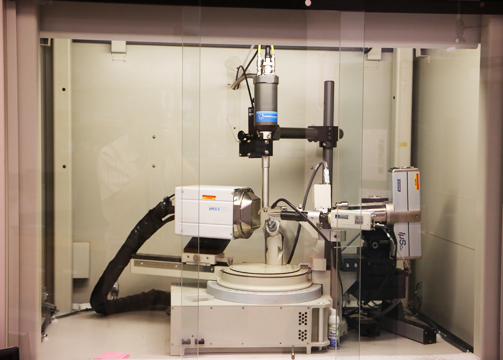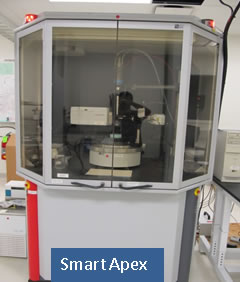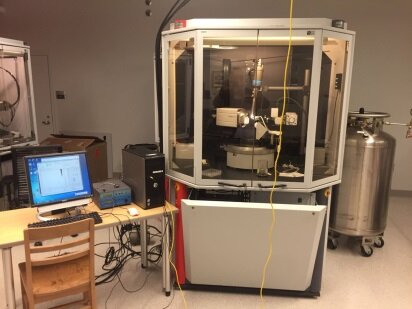

This method was successfully applied to a variety of triflamide derivatives, providing the cyclized products in fair to good yields ( Fig. After extensive screening of a variety of transition-metal catalysts, oxidants, bases and ligands, we found that the combination of AgOAc, K 2CO 3, 4,4′-di- t-butyl-2,2′-bipyridine and PhI(OTFA) 2 gave the best results and the desired pyrolidines were isolated from linear alkyltriflamide ( Supplementary Tables 1–3). We chose the sulphonamides as the substrates due to their easy availability and broad application in organic synthesis. This represents a powerful approach to access structures widely existing in natural products and druggable molecules. Herein, we report an unprecedented Ag-catalysed direct amination of primary sp 3 C–H, secondary benzylic C–H and aryl C–H bonds from linear triflamide (1,1,1-trifluoromethanesulfonamide) under simple conditions.

Notably, the compatibility with an array of the functionalities, the availability of the starting materials and the reliability of the new reaction system are important for potential applications. To achieve the primary selectivity to construct the abundant five-membered heterocyclic products from easily available amine derivatives without the requirement of complicated directing groups, new strategies and new catalytic systems are highly desirable 43, 44. To approach the primary selectivity of direct amination, Chen and Daugulis groups successfully developed a Pd-catalysed cyclization to specific ring systems by using a directing strategy while the manipulation of protecting group by multistep transformations limited its applications 40, 41, 42. Primary C–H bonds could be accessed only in cases of conformational bias 38, 39.

In general, secondary and tertiary C–H bonds are much more reactive than the primary one for both reactions. Notably, the selectivity in these two elegant transformations is highly dependent on the nature of C–H bonds. The power of this strategy has also been demonstrated in the synthesis of the natural product tetrodotoxin 37. Recently, Hennessy and Betley 36 developed a successful example for carrying out such transformation via Fe catalysis under mild conditions. Amongst these, silver complexes were first founded to promote the nitrene insertion 34, 35. Another effective method for approaching direct amination of sp 3 C–H bonds is to utilize nitrene insertion via transition-metal catalysis ( Fig. In fact, efforts toward such a goal can be traced back to the historical Hofmann–Löffler–Freytag reaction in early 19th century and its advanced versions-the Baldwin and Doll modification and the Suárez modification 21, 22, 23, 24, 25, 26, 27, 28, 29. Many chemists have devoted themselves to searching for practical and convenient synthetic methods for accessing such ubiquitous structural units by direct oxidative amination of C–H bonds 21, 22, 23, 24, 25, 26, 27, 28, 29, 30, 31, 32, 33, 34, 35, 36, 37, 38.

In particular, the pyrrolidine and tetrahydroquinoline derivatives are privileged structural units in natural products and pharmaceuticals as exemplified by the structures of strychnine, folicanthine and mesembrine and so on ( Fig. Nitrogen-containing heterocycles, such as pyrrolidines, oxazolidines and tetrahydroquinolines, are dominant both in naturally occurring and man-made compounds, which often exhibit high levels of biological activity. The present article focuses on the direct amination of inert C sp3–H bonds, especially primary C–H bonds to construct aza-heterocycles. In the past decades, great progress has been made in such fields to convert aliphatic sp 3 C–H bonds to C–C, C–O and C–B bonds in either stoichiometric or catalytic manner based on transition-metal catalysis 9, 10, 11, 12, 13, 14, 15. In addition to the issue of selectivity, there are more challenges toward the direct functionalization of sp 3 C–H bonds, including: their high bond dissociation energy, inaccessibility of the independent C–H bonding and antibonding orbitals as well as steric hindrance. The greatest challenge in this field is therefore to achieve the chemo- and regioselectivity in C–H functionalization among many C–H bonds in organic molecules, while keeping an array of functional groups intact. This chemistry can directly convert simple, cheap and readily available raw materials into highly valuable and useful products by the manipulation of inert unfunctionalized groups 4, 5, 6, 7, 8. Direct functionalization of inert C–H bonds is of great importance with the potential to fundamentally change the strategy of organic synthesis 1, 2, 3.


 0 kommentar(er)
0 kommentar(er)
